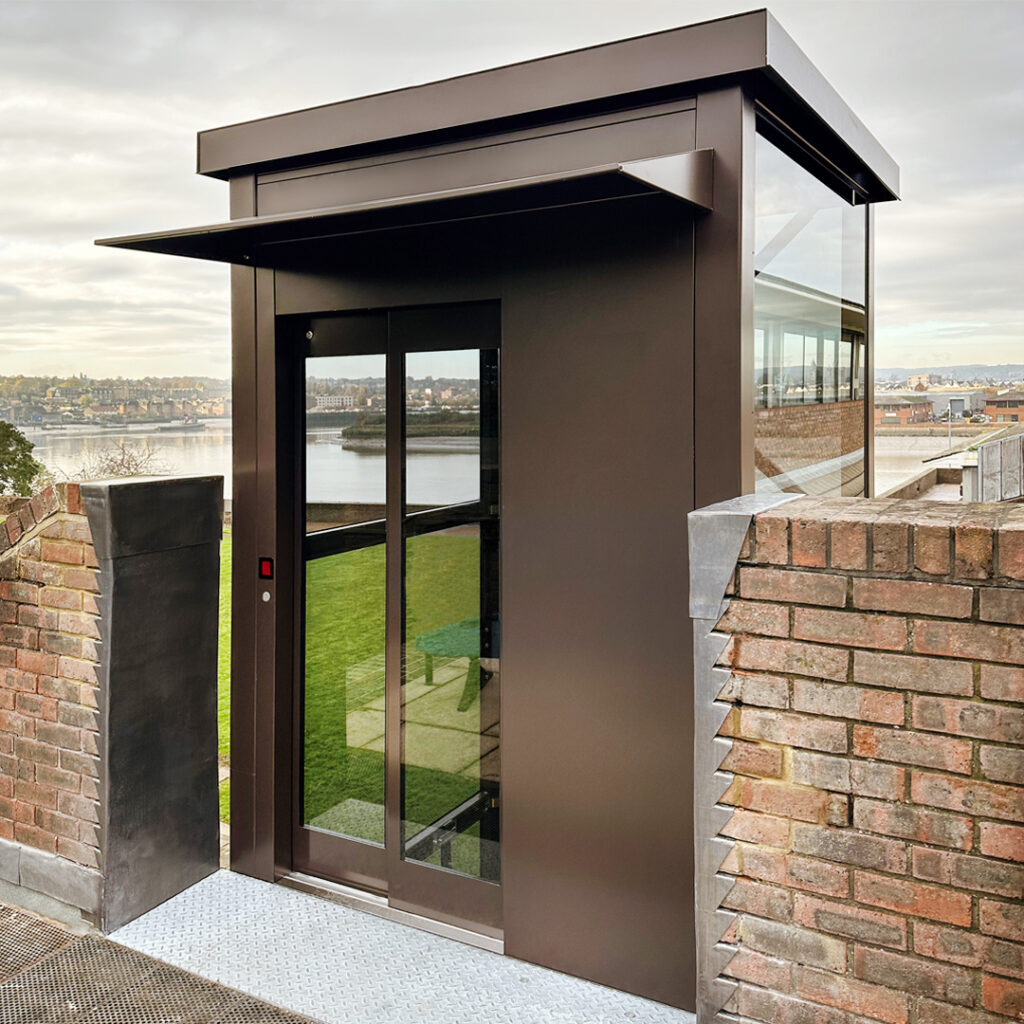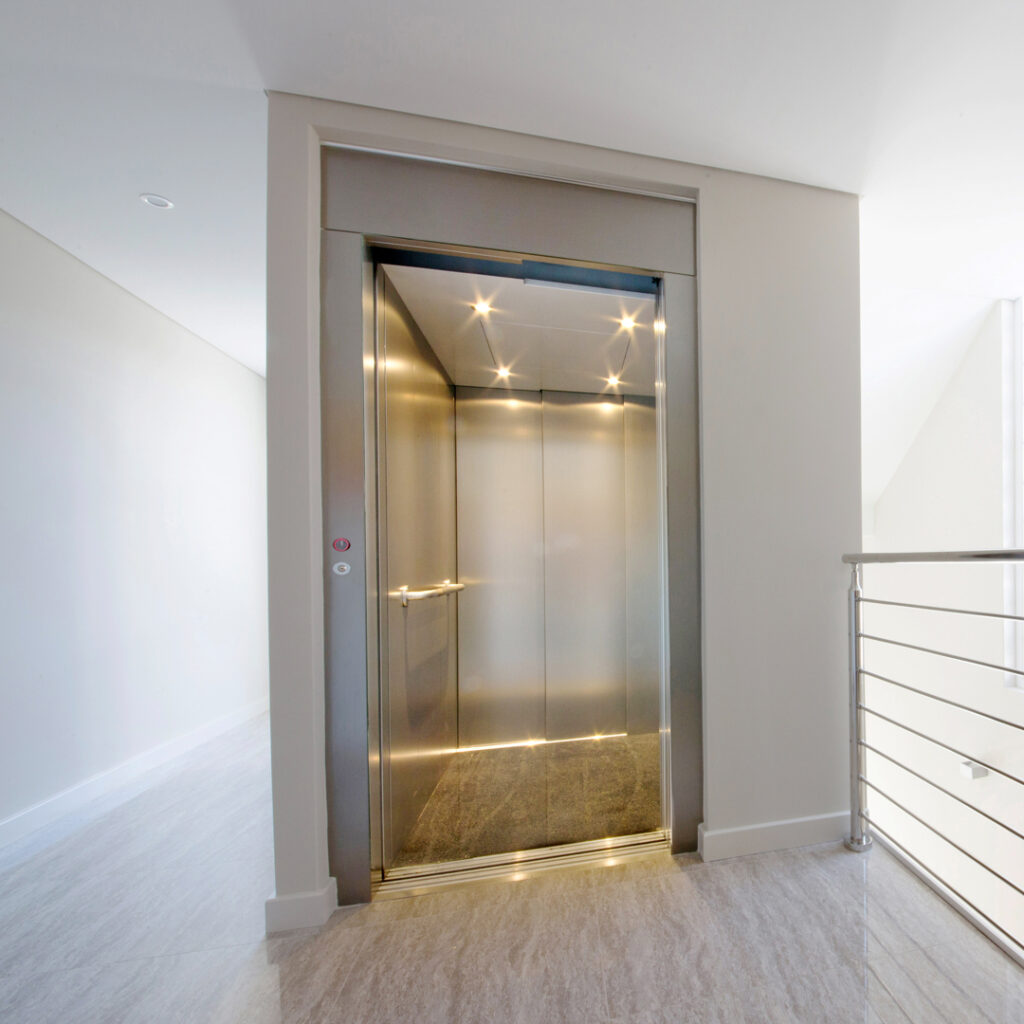Breaking down architectural barriers is essential to eliminate a serious problem in the quality of life of the elderly or disabled people.
Getting from one floor to another can be a real challenge. That is why some convenient, inexpensive and easy-to-install systems such as homelifts can solve the problem for good.
The Italian real estate heritage, as valuable as it is, tends to be very dated. In some areas of Italy, most buildings date back as far as the 1920s. Statistically, on the other hand, almost all buildings in the rest of Italy were built between the 1960s and the 1980s. In all these cases, the buildings often presented obstacles to people’s mobility, increasing the need to break down architectural barriers.
These were periods in which the concept of breaking down architectural barriers was not well understood: it was not until 1989 that the first law was passed providing for their removal even in private buildings.
The main problems are experienced in multi-family villas or small apartment blocks, where the only way to access the upper floors is to walk down one or more flights of stairs. The homelift is a system that addresses exactly this type of living situation. Let’s see, then, what its characteristics are and why request a quote.
Homelifts: comfort and adaptability
Homelifts are lifting systems that benefit from all the latest technological innovations. Their main advantages include compactness, silence and ease of installation. We are in fact talking about very compact cabins, which can accommodate a few people at a time. The very small dimensions allow the homelift to be accommodated in any room of the house, either indoors or outdoors.
An essential feature, especially for small apartment blocks, is quietness. The absence of traditional drive mechanisms greatly limits noise and vibrations that – at night – could wake up other tenants. Then there is the issue of ease of installation: if placed indoors, the homelift falls under free building work. There is no need, therefore, to apply for a special permit from the municipality in order to be able to break down architectural barriers.
The homelift’s cabin, either indoors or outdoors, is not anchored to the shaft like traditional lifts, so there will be limited inconvenience and no need to modify the original structure of the building.


Very low consumption and compatibility with the electrical system
One of the main problems with traditional lifts is the need to adapt the electrical system: a 380 V connection is required to make it work. Homelifts, on the other hand, simply need a normal connection capable of handling 220 V. From this it follows that consumption will also be much lower: especially if a hydraulic system is chosen, the bill at the end of the month won’t be expensive.